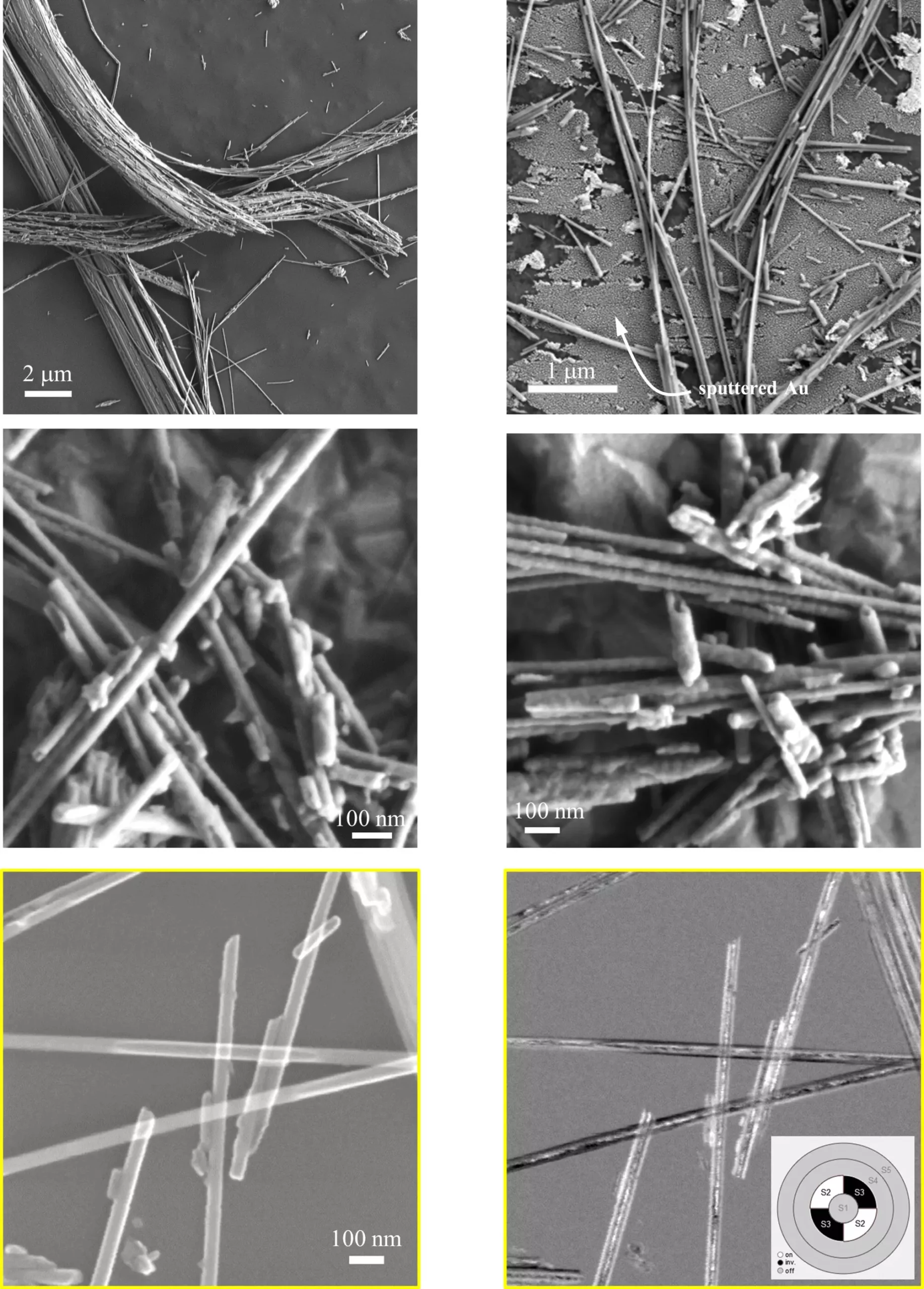For years, the process of testing for asbestos in construction materials and air samples has relied heavily on transmission electron microscopy (TEM). However, recent research conducted by the National Institute of Standards and Technology (NIST) has suggested that scanning electron microscopy (SEM) may be a viable alternative to TEM for asbestos identification and classification.
Asbestos, a naturally occurring mineral, was commonly used in building materials for insulation and fireproofing. However, due to its serious health risks, including a link to cancer, the use of asbestos has been significantly reduced since the 1970s. In fact, the U.S. Environmental Protection Agency (EPA) recently banned the last known form of asbestos still in use.
Both TEM and SEM are types of electron microscopy that utilize electron beams to analyze material composition and structure. The main difference lies in how the electrons interact with the sample – TEM passes through the material, while SEM reflects off the surface. This allows TEM to provide more detailed images and better spatial resolution compared to SEM.
The research conducted by NIST researchers Jason Holm and Elisabeth Mansfield suggests that SEM can produce results comparable to TEM for asbestos identification. SEM is also more cost-effective and convenient, making it a promising alternative for asbestos remediation projects in the United States, which currently cost an estimated $3 billion annually.
Over the years, SEM technology has significantly improved, with many companies now producing tabletop SEMs that can be used in the field. Training to operate SEM equipment can be completed in a matter of months, whereas becoming proficient in TEM can take years. While TEM still offers certain capabilities that SEM does not, the researchers believe that SEM is sufficient for use in asbestos abatement.
Testing SEM on Asbestos Samples
To validate the effectiveness of SEM in asbestos testing, Holm and Mansfield used NIST Standard Reference Material (SRM) 1866, which is a sample of asbestos fibers with known properties. The results of their analysis closely matched the data provided with the SRM, demonstrating the accuracy of the SEM method in detecting asbestos fibers.
The research conducted by NIST indicates that SEM has the potential to revolutionize asbestos testing and remediation processes. By providing a cost-effective and efficient alternative to TEM, SEM could help streamline asbestos abatement projects and ultimately reduce the health risks associated with asbestos exposure. Further studies and adoption of SEM technology in the field are crucial steps towards improving the safety of construction workers and the general public.


Leave a Reply